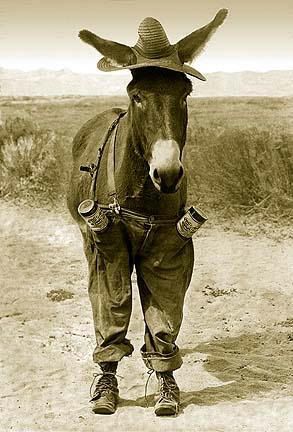Post by joyce on Apr 10, 2008 4:30:13 GMT -6
Dogwood Winter generally arrives following an extended mid-spring warm spell and brings several days of cold, cloudy, disagreeable weather, often accompanied by frost and perhaps a flurry of snow. It usually occurs during April and coincides with the blooming of dogwood trees and blackberry bushes, from which it derives its popular names.
Dogwood Winter appears to be one of several weather "singularities" -- one time events common to North America, such as Indian Summer and January Thaw, but in a retrograde thermal direction. As someone once described it: "It's spring, then suddenly winter returns."
The American, or flowering, dogwood ranges from Texas to Minnesota eastward to the Atlantic shoreline from Florida to southern New England. This small tree, often as wide as it is tall, favors the well-drained but moist, fertile sites of mixed hardwood forests and pine forest edges.
Many gardeners believe that the safest time to plant cold-sensitive species, such as tomatoes, comes in the returning warm weather following Dogwood Winter. Native Americans also watched for dogwood blossoms as signs to begin planting crops.
The dogwood's beauty and utility have long been celebrated in North America. Early colonists reportedly used every part of the dogwood except "the rustle of its leaves."
*****************************************
Our dogwoods are in bloom and it will turn alot cooler here this weekend so again it goes to show there is something to this. I have kept up with this for years and always when the dogwoods are in bloom you can count on 4 or 5 days of colder weather. The same will happen when the blackberries bloom.
Dogwood Winter appears to be one of several weather "singularities" -- one time events common to North America, such as Indian Summer and January Thaw, but in a retrograde thermal direction. As someone once described it: "It's spring, then suddenly winter returns."
The American, or flowering, dogwood ranges from Texas to Minnesota eastward to the Atlantic shoreline from Florida to southern New England. This small tree, often as wide as it is tall, favors the well-drained but moist, fertile sites of mixed hardwood forests and pine forest edges.
Many gardeners believe that the safest time to plant cold-sensitive species, such as tomatoes, comes in the returning warm weather following Dogwood Winter. Native Americans also watched for dogwood blossoms as signs to begin planting crops.
The dogwood's beauty and utility have long been celebrated in North America. Early colonists reportedly used every part of the dogwood except "the rustle of its leaves."
*****************************************
Our dogwoods are in bloom and it will turn alot cooler here this weekend so again it goes to show there is something to this. I have kept up with this for years and always when the dogwoods are in bloom you can count on 4 or 5 days of colder weather. The same will happen when the blackberries bloom.




